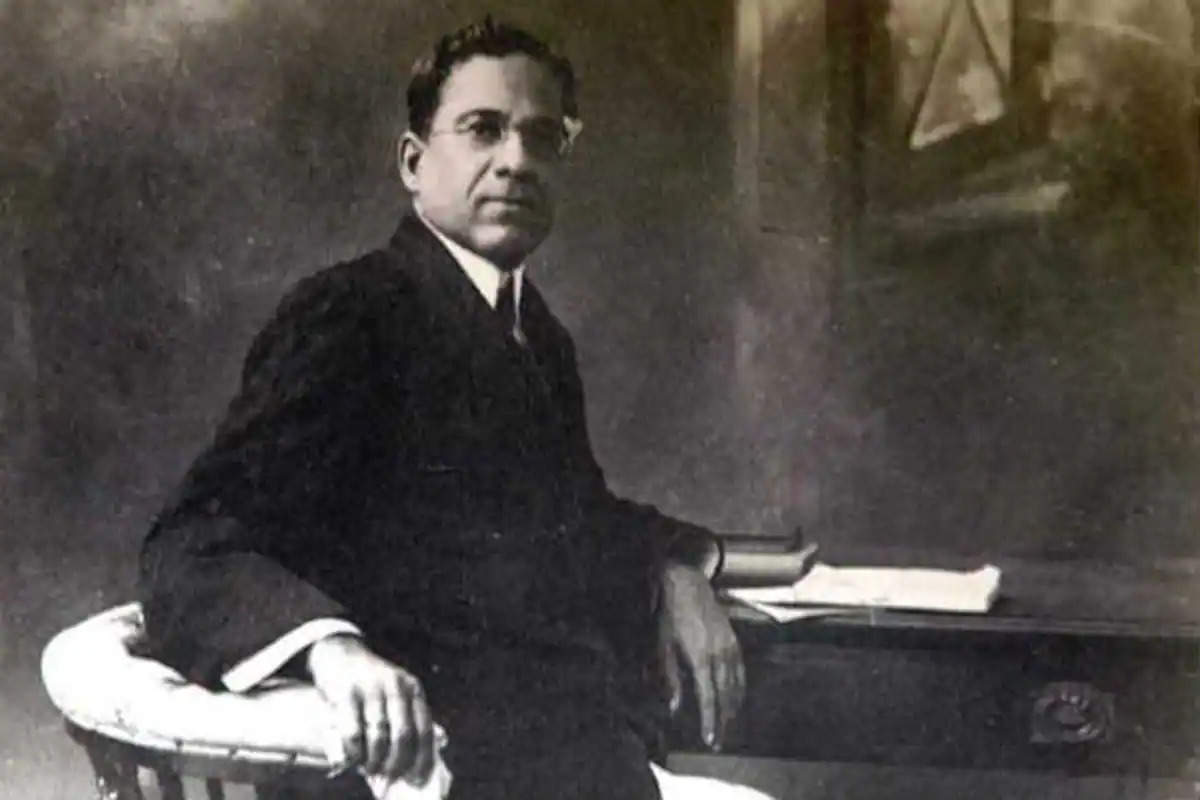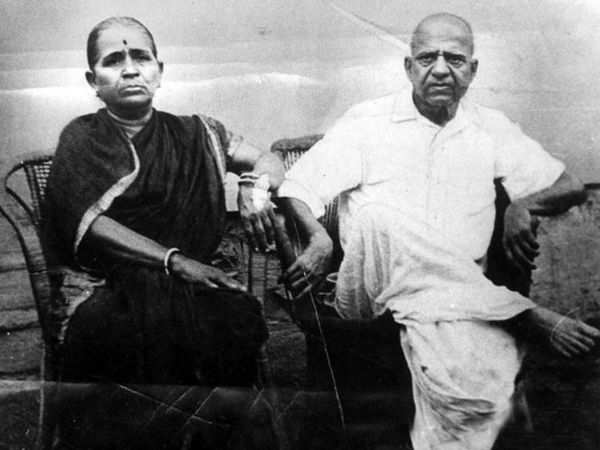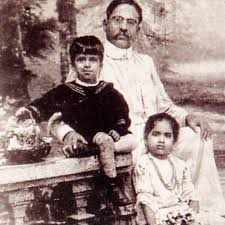
Dhundiraj Govind Phalke was born on April 30, 1870, to Govind Sadashiv Phalke and Dwarkabai in Trimbak, Maharashtra, India. He was popularly known as Dadasaheb Phalke, the Father of Indian cinema. Phalke directed, produced, wrote and shot India’s first silent movie, ‘Raja Harishchandra’ (1913). He made a total of ninety-five movies and twenty-six short films during his career. Phalke produced his last movie ‘Gangavataran’ (1937), before retiring and settling down in Nashik. The government of India instituted Dadasaheb Phalke Award in his honour for his lifetime contribution to Indian cinema in 1969. It is an award presented annually by the president of India for a lifetime contribution to Indian cinema.
Read More
Phalke had six siblings—three brothers including him and four sisters. Phalke's father, Dajishastri, was a Sanskrit scholar and worked as a Hindu priest conducting religious ceremonies. He learnt to perform religious rituals like yajna and distributed medicines from his father. Phalke completed his primary education in Trimbakeshwar. After his father was designated as a professor of Sanskrit in the Wilson College, Mumbai, he completed his secondary education in Mumbai. He enrolled in the Sir J. J. School of Arts, Mumbai, completed a one-year course in drawing. By 1890, he moved to Baroda, Gujarat as a photographer with his elder brother, Shivrampant. Phalke did a course where he learnt sculpting, drawing, painting and photography from Kala Bhavan at Maharaja Sayajirao University in Baroda. He married a girl from the Marathe family and had a child. He lost both his wife and child due to Bubonic Plague in 1900.
In This Pic : golden frames, dadasaheb phalke
Read More
He met magician Carl Hertz, who was performing in Baroda. He learned a few magic tricks from Hertz which he later also used in filmmaking. In 1901, Phalke gave public performances as a magician. He was known by his stage name—Professor Kelpha, with letters of his last name in reverse order. He remarried Girija Karandikar in 1902. It was common practice in Indian customs to rename the bride after marriage. Phalke's wife was renamed Saraswati. Phalke quit his photography job and started working in the Archaeological Survey of India as a Draftsman in 1903. He then started his printing press with R. G. Bhandarkar in Lonavala, Maharashtra, known by the name ‘Phalke Engraving and Printing Works’. He painted the stage curtains for the drama companies. The experience got him some basic training in drama production and fetched him a few minor roles. Phalke’s press used photo-litho transfers for a lithography press owned by painter Raja Ravi Varma. With the growing business, 'Phalke Engraving and Printing Works' shifted to Mumbai. By 1908, Purushottam Mavji replaced Bhandarkar as a partner and the press was renamed as Laxmi Art Printing Works. In 1909, he visited Germany to buy the necessary colour printing machinery for his flourishing printing business, but the differences between him and Mavji grew wider. Eventually, Phalke decided to abandon the partnership without availing any monetary benefits.
In This Pic : golden frames, dadasaheb phalke
Read More
Phalke went to see a movie, Amazing Animals, with his elder son Bhalchandra at the America India Picture Palace, Mumbai. He liked the movie so much that he went to another movie with his family, ‘The Life of Christ,’ directed by Alice Guy-Blaché. The latter happened to mark a turning point in his career. Phalke was so moved by the movie that he made up his mind to make a movie for the Indian audience. He read and watched everything on filmmaking. He took loans from Yashwantrao Nadkarni and Abasaheb Chitnis by mortgaging his insurance policies worth twelve thousand. In 1912, he boarded a ship for London. He met the editor of 'Bioscope Cine-Weekly', Mr Kepburn, who introduced him to the film director, producer and screenwriter Cecil Hepworth of Walton Studios. Hepworth further helped Phalke to understand filmmaking. Phalke even bought a Williamson camera, a perforator and some Kodak film on their advice.
In This Pic : golden frames, dadasaheb phalke
Read More
On his return, Phalke set up the 'Phalke Films Company'. Phalke taught his family to perforate and develop the film. He filmed the boys and girls in the surroundings to test the working of the camera and projector. Phalke decided to make a short film by planting some peas in a pot and placed a camera in front of it, which he shot one frame a day for over a month. The short film titled ‘Ankurachi Wadh’ (Growth of a Pea Plant) was over a minute, showcasing a seed growing into a climber. It was shown to specific individuals to get financial help for the feature film. Impressed with the filmmaking techniques, Yashwantrao Nadkarni and Narayanrao Devhare offered Phalke a loan.

